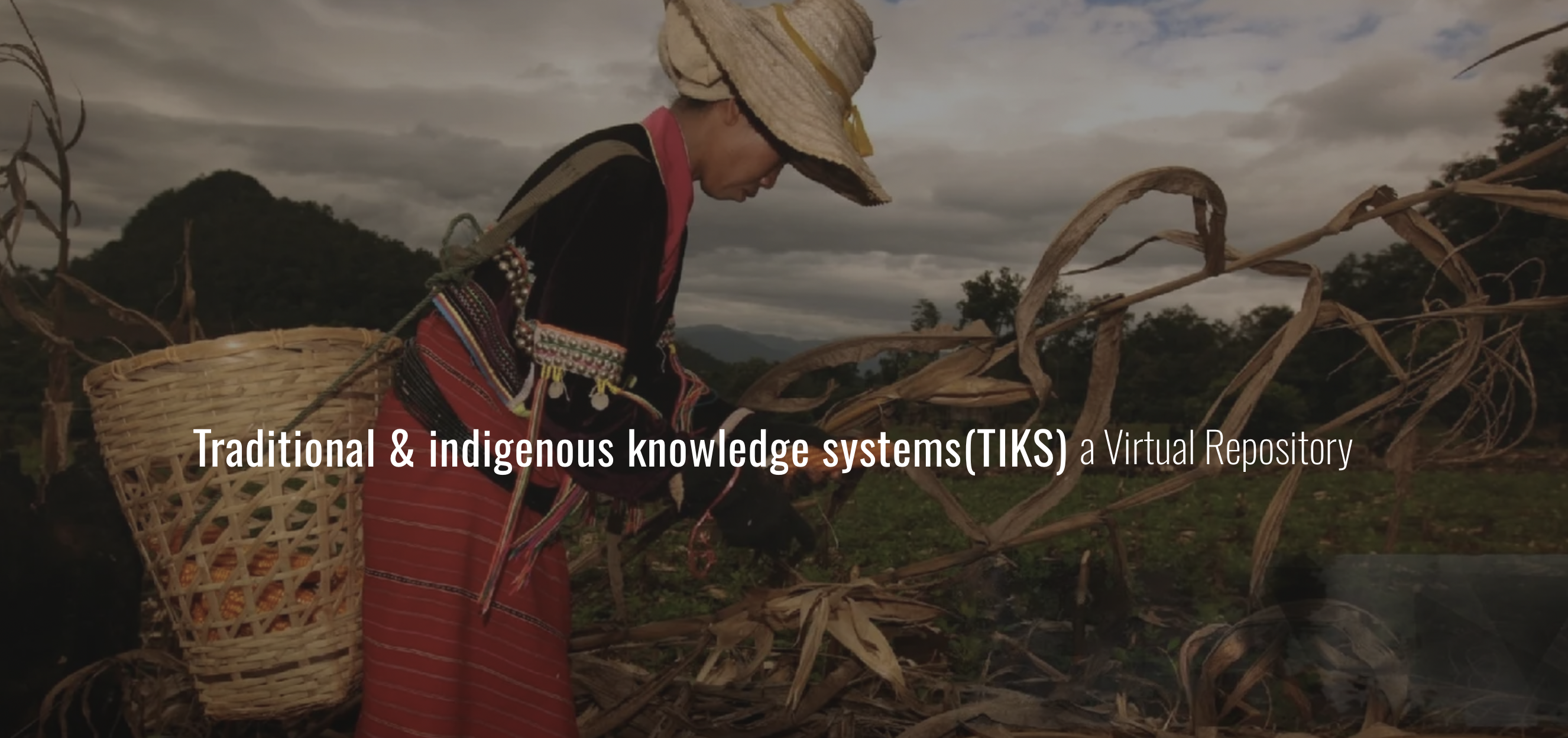L'intégration des connaissances indigènes et traditionnelles dans notre boîte à outils de réduction des risques de catastrophe (RRC) présente de nombreux avantages. Ces connaissances découlent des relations étroites que les communautés entretiennent avec leur environnement et de l'expérience qu'elles ont accumulée en matière de prévision des risques selon les signes perçus dans la mer, le ciel et la faune.
Les personnes et les communautés ont appris à connaître la durée, le lieu, le moment, la fréquence, l'intensité, la prévisibilité, l'apparition et le comportement possible des risques par l'expérience directe des catastrophes.
Les connaissances et les pratiques traditionnelles, qui ont évolué par tâtonnements, sont très résistantes en raison des connaissances traditionnelles qui ont permis à ces techniques de gérer les risques locaux et d'utiliser des matériaux locaux. De nombreux bâtiments traditionnels ont survécu à des tremblements de terre, des inondations, des cyclones et d'autres catastrophes grâce aux connaissances traditionnelles ancrées.
Les connaissances traditionnelles sont également transmises par le biais du patrimoine immatériel, comme les arts du spectacle et les systèmes de gestion locaux, en maintenant les pratiques et les techniques qui se sont avérées efficaces au fil du temps. Les compétences sociales, économiques et institutionnelles indigènes offrent des mécanismes précieux pour l'atténuation des catastrophes, la préparation, la réponse et le rétablissement.
Contrairement aux idées reçues, les connaissances traditionnelles sont dynamiques et évoluent en permanence grâce à la créativité interne et aux influences externes, ce qui leur permet de s’intégrer à la science et la technologie modernes. Cette intégration favorise l'innovation et améliore l'acceptation locale des nouvelles initiatives de réduction des risques. Les partenariats avec les gestionnaires de catastrophes, les communautés locales et les spécialistes techniques peuvent jouer un rôle clé dans l'intégration de divers systèmes de connaissances pour la réduction des risques.
Dave Paul Zervaas, ancien responsable de la gestion des programmes au Bureau des Nations Unies pour la réduction des risques de catastrophe (UNDRR), a soutenu le développement du guide 'Words into Action (WiA) guide on using traditional and indigenous knowledges for disaster risk reduction,' préparé grâce à la collaboration entre l'UNDRR et l'ICCROM. Ces lignes directrices, basées sur l'expertise mondiale et les réseaux de praticiens de la RRC, fournissent des conseils pratiques sur la mise en œuvre d'une approche de la RRC centrée sur les personnes, conformément au Cadre de Sendai pour la réduction des risques de catastrophe 2015-2030.
Selon M. Zervaas, le fait d'écarter des connaissances provenant de diverses sources constitue une perte importante. Les connaissances indigènes et traditionnelles, fondées sur des schémas cognitifs holistiques et écologiquement viables, peuvent être d'une valeur inestimable. Bien qu'elles ne soient pas toujours construites à l'aide de méthodes scientifiques positivistes, leur validité n'en est pas pour autant discréditée. Les systèmes de savoirs traditionnels et indigènes, grâce à une observation et une intégration minutieuses, offrent des moyens notables pour comprendre la réalité et interagir avec elle.
Les approches scientifiques actuelles permettent de documenter et de partager les connaissances traditionnelles, garantissant ainsi leur application pratique. La compréhension et l'intégration de divers systèmes de connaissances enrichissent notre approche de questions complexes telles que l'adaptation au changement climatique, le développement durable et les droits de l'homme. Dans le domaine de la RRC, des mentalités rigides et réductionnistes ne permettent pas d'aborder les problématiques à multiples facettes. Au contraire, il est nécessaire d'adopter des approches intégratives qui englobent diverses perspectives.
Toutes les connaissances n'ont pas la même utilité selon les contextes, mais rejeter d'emblée les connaissances indigènes et traditionnelles est une grave erreur. Ces systèmes fournissent de nouvelles perspectives et peuvent démocratiser la manière dont nous comprenons et traitons les risques de catastrophes. L'intégration des connaissances traditionnelles à la science moderne est un défi, mais elle est bénéfique :
- Une responsabilité écologique : Les connaissances traditionnelles favorisent une relation respectueuse et durable avec l'environnement.
- Des idées pragmatiques : Les méthodologies indigènes, fondées sur des expériences vécues, offrent des solutions pratiques et durables.
- Des approches novatrices : Les connaissances traditionnelles peuvent fournir des stratégies oubliées ou négligées qui sont très efficaces.
- Une compréhension holistique : Les méthodes traditionnelles proposent des observations et des solutions précieuses, même sans analyse microscopique détaillée.
- Des stratégies de RRC inclusives : Les communautés autochtones contribuent de manière significative à la mise en place de plans et de mécanismes de RRC inclusifs et axés sur les populations, qui sont essentiels pour les efforts d'alerte précoce et de rétablissement.
Ce nouveau site web est consacré à la présentation d'informations, de pratiques et d'études de cas précieuses sur les connaissances indigènes et traditionnelles en matière de réduction des risques de catastrophes.


